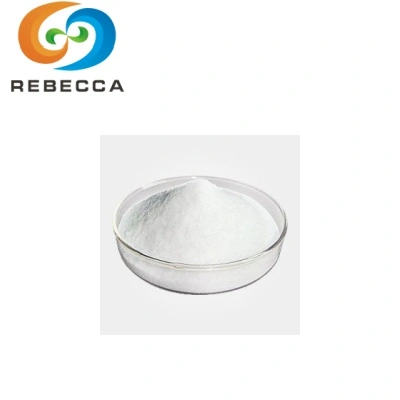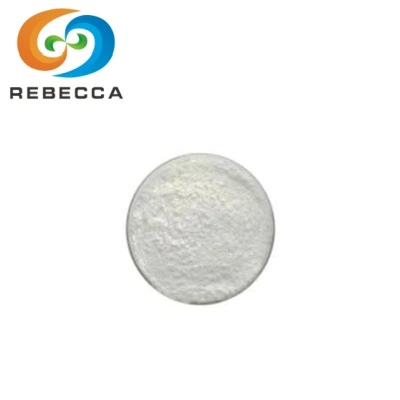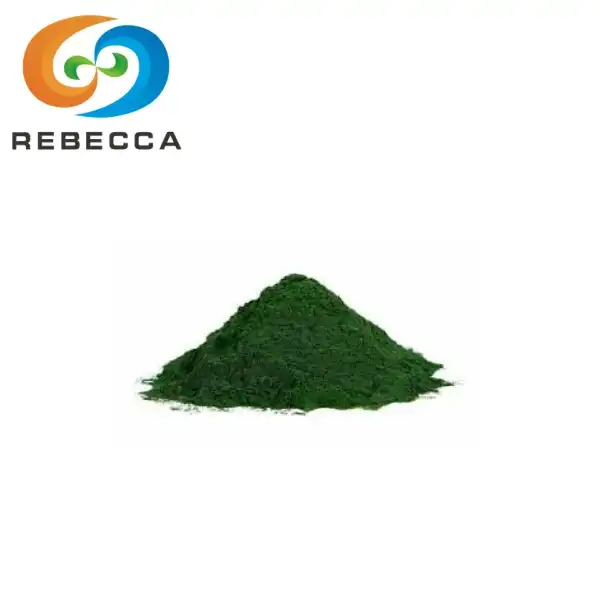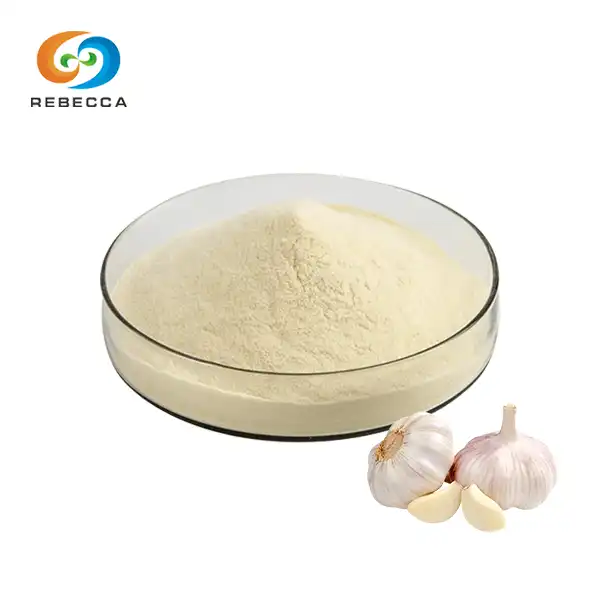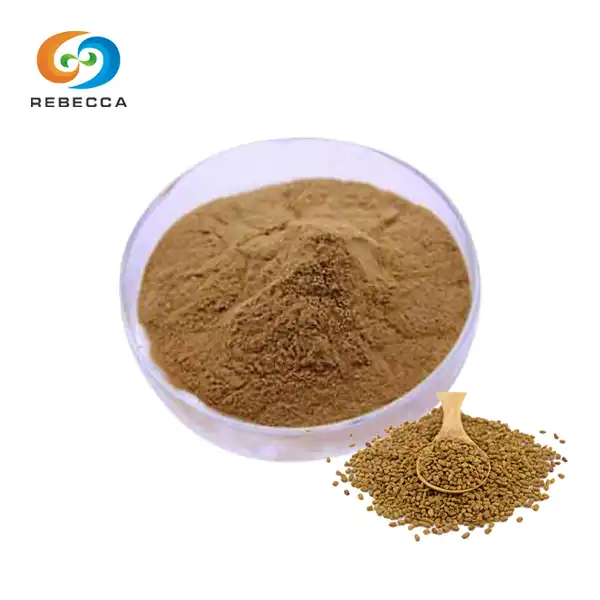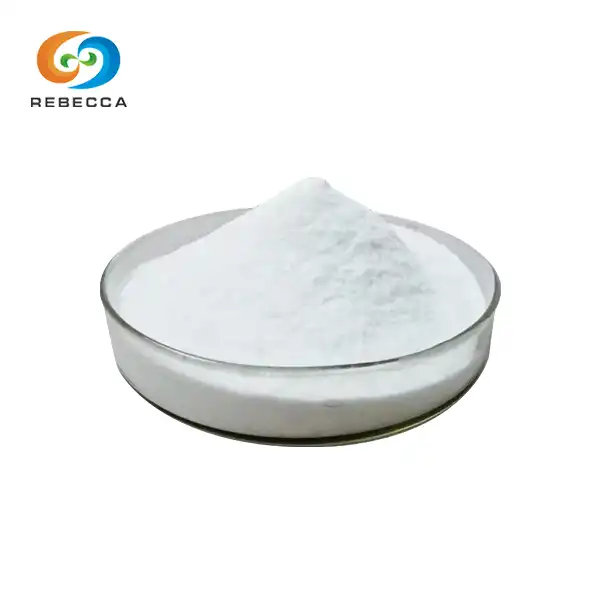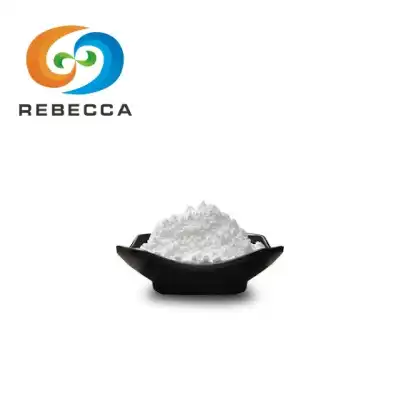What amino acid can be converted to alpha-ketoglutarate?
Glutamate, a non-essential amino acid, stands out as the primary precursor for alpha-ketoglutarate (AKG) conversion in the human body. This transformation plays a crucial role in cellular energy production and nitrogen metabolism. Alpha ketoglutarate, a key intermediate in the Krebs cycle, serves as a vital link between amino acid metabolism and energy production. Understanding this conversion process is essential for researchers and health professionals exploring the potential of AKG in various physiological functions and its applications in nutritional supplements.
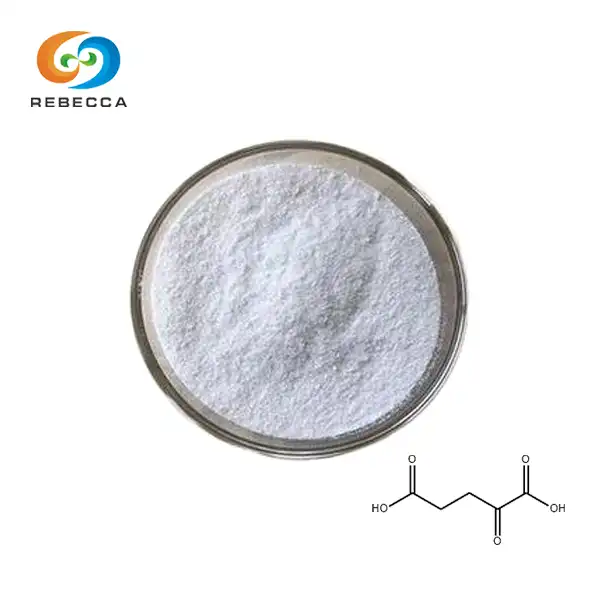
【English name】: Alpha-Ketoglutarate
【CAS No.】: 328-50-7
【Molecular Formula】: C5H6O5
【Active ingredients】: Alpha-Ketoglutarate
【Specification】: Alpha-Ketoglutarate 98%
【Appearance】: White powder
Glutamate to Alpha-Ketoglutarate: The Conversion Process
Enzymatic Reactions in Alpha-Ketoglutarate Formation
The conversion of glutamate to alpha-ketoglutarate involves a complex series of enzymatic reactions. These biochemical processes are fundamental to amino acid metabolism and energy production within cells. The primary enzyme responsible for this conversion is glutamate dehydrogenase, which catalyzes the oxidative deamination of glutamate.
In this reaction, glutamate undergoes a process where its amino group is removed, resulting in the formation of alpha-ketoglutarate. This transformation is reversible, allowing cells to maintain a balance between glutamate and AKG levels as needed for various metabolic processes. The reaction can be summarized as:
Glutamate + NAD(P)+ + H2O ⇌ α-Ketoglutarate + NAD(P)H + NH4+ + H+
Role of Glutamate Dehydrogenase in Conversion
Glutamate dehydrogenase (GDH) is a mitochondrial enzyme that plays a central role in amino acid metabolism. It's found in high concentrations in the liver, kidney, and brain tissues. GDH is unique in its ability to use either NAD+ or NADP+ as a cofactor, providing flexibility in cellular redox balance.
The activity of GDH is tightly regulated by various allosteric effectors. For instance, GTP and ATP inhibit the enzyme, while ADP activates it. This regulation ensures that the conversion of glutamate to AKG aligns with the cell's energy status and metabolic needs.
Cofactors Involved in Glutamate to AKG Transformation
Several cofactors are essential for the efficient conversion of glutamate to alpha-ketoglutarate. These include:
- NAD+ or NADP+: These serve as electron acceptors in the oxidation reaction.
- Magnesium ions: They act as cofactors for GDH, enhancing its catalytic activity.
- Vitamin B6 (as pyridoxal phosphate): While not directly involved in the GDH reaction, it's crucial for many transamination reactions that can indirectly affect glutamate levels.
Understanding these enzymatic reactions and cofactors is crucial for researchers developing nutritional strategies or supplements targeting AKG production. It also provides insights into potential interventions for metabolic disorders related to glutamate metabolism.

Amino Acid Catabolism: Pathways to Alpha-Ketoglutarate
Transamination: Key Step in Amino Acid Breakdown
Transamination is a critical process in amino acid metabolism that contributes to alpha-ketoglutarate production. This reaction involves the transfer of an amino group from an amino acid to a keto acid, often α-ketoglutarate, forming glutamate. The enzyme responsible for this transfer is aminotransferase (or transaminase).
In the context of AKG production, various amino acids can undergo transamination, with their carbon skeletons eventually converted to α-ketoglutarate. This process is particularly important for branched-chain amino acids (BCAAs) like leucine, isoleucine, and valine. The transamination of these amino acids not only produces glutamate but also generates branched-chain α-keto acids, which can be further metabolized for energy or used for other biosynthetic purposes.
Glutamine's Contribution to Alpha-Ketoglutarate Synthesis
Glutamine, another abundant amino acid in the body, also plays a significant role in AKG production. The enzyme glutaminase catalyzes the conversion of glutamine to glutamate, which can then be converted to α-ketoglutarate through the action of glutamate dehydrogenase or transamination reactions.
This pathway is particularly important in rapidly dividing cells, such as immune cells and cancer cells, which often rely heavily on glutamine for energy production and biosynthesis. The glutamine-glutamate-AKG pathway also serves as a crucial link between nitrogen metabolism and the citric acid cycle, allowing cells to adapt to changing energy and biosynthetic demands.
Proline and Arginine: Alternative AKG Precursors
While glutamate is the primary precursor for AKG, other amino acids can also contribute to its production through indirect pathways. Proline and arginine are two such amino acids that can be converted to glutamate and subsequently to α-ketoglutarate.
Proline is oxidized to pyrroline-5-carboxylate and then to glutamate by the enzymes proline oxidase and pyrroline-5-carboxylate dehydrogenase, respectively. Arginine, on the other hand, can be converted to ornithine and then to glutamate through a series of reactions in the urea cycle and related pathways.
These alternative pathways highlight the interconnected nature of amino acid metabolism and demonstrate how various amino acids can contribute to AKG production under different physiological conditions or in specific tissues.
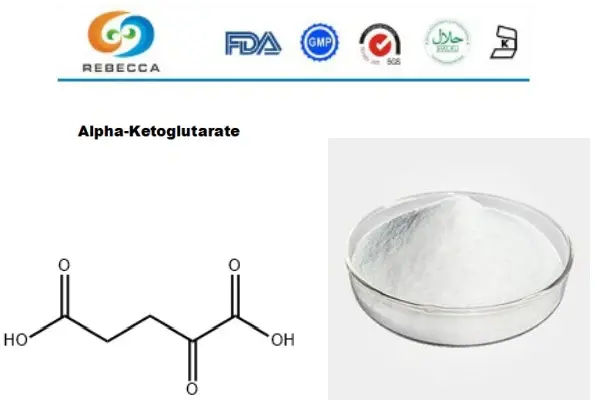
Nutritional Impact: Amino Acids and Energy Metabolism
Alpha-Ketoglutarate's Role in the Citric Acid Cycle
Alpha-ketoglutarate holds a central position in the citric acid cycle, also known as the Krebs cycle or tricarboxylic acid (TCA) cycle. This metabolic pathway is fundamental to energy production in cells, occurring in the mitochondria. AKG serves as both a substrate and a product in various reactions within the cycle.
As a key intermediate, AKG is converted to succinyl-CoA, releasing carbon dioxide and reducing NAD+ to NADH. This step is catalyzed by the α-ketoglutarate dehydrogenase complex, a multi-enzyme system that requires several cofactors, including thiamine pyrophosphate, lipoic acid, and FAD. The NADH produced in this reaction later contributes to the electron transport chain, driving ATP synthesis.
Dietary Sources of Glutamate for AKG Production
While the body can synthesize glutamate, dietary sources also contribute significantly to its availability for AKG production. Foods rich in glutamate include:
- Protein-rich foods: Meat, poultry, fish, and dairy products
- Plant-based sources: Soybeans, mushrooms, tomatoes, and certain seaweeds
- Fermented foods: Aged cheeses, soy sauce, and miso
It's important to note that glutamate in foods exists in both free and bound forms. During digestion, protein-bound glutamate is released and can be absorbed or used by intestinal cells. The body's ability to utilize dietary glutamate for AKG production depends on various factors, including overall nutritional status and metabolic demands.
AKG Supplementation: Benefits and Considerations
Alpha-ketoglutarate supplementation has gained attention in recent years due to its potential benefits in various physiological processes. Some reported benefits include:
- Enhanced exercise performance and recovery
- Support for protein synthesis and muscle maintenance
- Potential anti-aging effects through regulation of cellular energy metabolism
- Improved wound healing and tissue repair
However, it's crucial to approach AKG supplementation with caution. The effectiveness and safety of long-term supplementation require further research. Individuals considering AKG supplements should consult healthcare professionals, especially those with pre-existing medical conditions or those taking medications that may interact with AKG metabolism.
The conversion of amino acids, particularly glutamate, to alpha-ketoglutarate is a critical process in cellular metabolism. This transformation links amino acid catabolism with energy production through the citric acid cycle. While glutamate stands out as the primary precursor, other amino acids like glutamine, proline, and arginine also contribute to AKG synthesis through various metabolic pathways. Understanding these processes is crucial for researchers and health professionals exploring the potential of AKG in nutritional supplements and metabolic interventions.


Wholesale Alpha Ketoglutarate Supplier
Shaanxi Rebeccia is a leading supplier of high-quality alpha ketoglutarate. Our production base is equipped with internationally leading extraction, separation, and purification equipment, and operates in strict compliance with GMP and ISO standards. From raw material procurement to finished product delivery, every step undergoes rigorous quality control to ensure the safety and efficacy of our products. Rebecca is a professional alpha-ketoglutarate supplier in China. Its specifications 99% For inquiries about our alpha ketoglutarate products or to discuss your specific needs, contact us at information@sxrebecca.com.
References
- Brosnan, J. T., & Brosnan, M. E. (2013). Glutamate: a truly functional amino acid. Amino Acids, 45(3), 413-418.
- Wu, G. (2013). Functional amino acids in nutrition and health. Amino Acids, 45(3), 407-411.
- Newsholme, P., Lima, M. M., Procopio, J., Pithon-Curi, T. C., Doi, S. Q., Bazotte, R. B., & Curi, R. (2003). Glutamine and glutamate as vital metabolites. Brazilian Journal of Medical and Biological Research, 36(2), 153-163.
- Owen, O. E., Kalhan, S. C., & Hanson, R. W. (2002). The key role of anaplerosis and cataplerosis for citric acid cycle function. Journal of Biological Chemistry, 277(34), 30409-30412.
- Tapiero, H., Mathé, G., Couvreur, P., & Tew, K. D. (2002). II. Glutamine and glutamate. Biomedicine & Pharmacotherapy, 56(9), 446-457.
